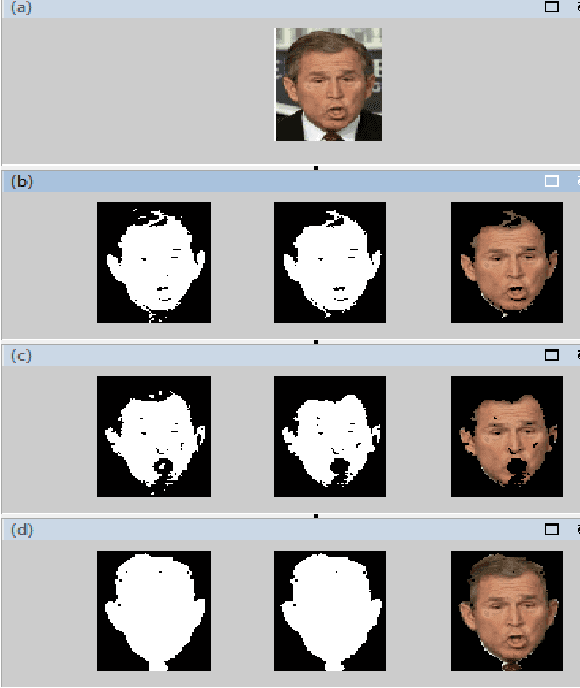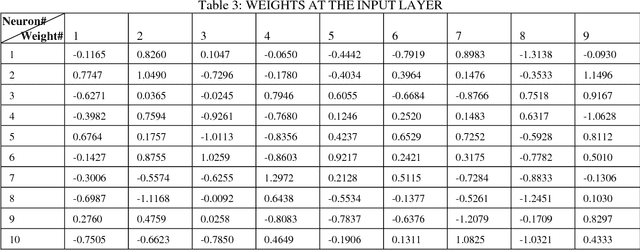Automated Switching System for Skin Pixel Segmentation in Varied Lighting
Paper and Code
Apr 17, 2013



In Computer Vision, colour-based spatial techniquesoften assume a static skin colour model. However, skin colour perceived by a camera can change when lighting changes. In common real environment multiple light sources impinge on the skin. Moreover, detection techniques may vary when the image under study is taken under different lighting condition than the one that was earlier under consideration. Therefore, for robust skin pixel detection, a dynamic skin colour model that can cope with the changes must be employed. This paper shows that skin pixel detection in a digital colour image can be significantly improved by employing automated colour space switching methods. In the root of the switching technique which is employed in this study, lies the statistical mean of value of the skin pixels in the image which in turn has been derived from the Value, measures as a third component of the HSV. The study is based on experimentations on a set of images where capture time conditions varying from highly illuminated to almost dark.
 Add to Chrome
Add to Chrome Add to Firefox
Add to Firefox Add to Edge
Add to Edge